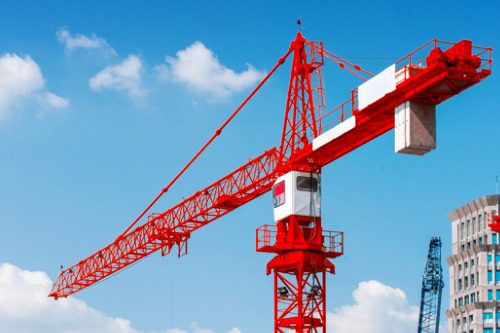The legal landscape for the construction sector

The construction sector is under pressure
Those running construction firms will be keenly aware of bumps in the road, and are well used to dealing with legal disputes that are often highly technical. Disagreements over contracts, problems with sub-contractors, delays emanating from supply chain issues or other reasons, design errors and health and safety failings are just some examples.
Interest rate rises have hit the construction sector hard, with PwC predicting it will contract by some 8% this year, which is largely attributed to the slowdown in house building.
There are also growing numbers of insolvencies, 4,280 firms went under in the 12 months to June – this is 16.5% more than the same period last year according to the Insolvency Service. Construction employers are also likely to be experiencing difficulties with their workforces, it has long been reported that shortages of workers are one of the biggest problems. Talks of strikes continue in the engineering construction sector, while more skilled workers are moving abroad to countries such as Saudi Arabia and Australia.
These factors often lead to a less safe working environment and more likelihood of construction firms being sued. Recent figures from the HSE show construction continues to have the highest number of fatalities, most often caused by falls from height.
Steve Rowley, distribution manager at Allianz said “Construction is a cyclical and higher risk sector that experiences boom periods – such as from the HS2 project – to significant downturns. Insurance has an important role to play as an enabler and there will always be many claims because of the exposures. Intervention at an early stage if there’s a contract dispute can help these companies manage the numerous risks they face.”
Recent years have seen important progress to improve building safety, including in the programme to remove dangerous cladding in the wake of the 2017 Grenfell Tower tragedy.
Regulations for high-risk buildings now mean that those over 18 metres in height or with at least seven floors need to be registered by this October. Although there are some exceptions, including hotels, hospitals and military barracks.
Failing to register a building that’s inhabited will be a criminal offence. This, along with the new fire safety guidance which also comes into force in October will boost accountability, ensure records are kept up to date and allow residents to know more about standards within their buildings. This is alongside making it easier to take enforcement action.
“It’s good news that better controls should reduce risk, but there are a number of new requirements and construction firms, and property owners must make sure they’re up to speed,” says Rowley.
If progress is occurring in some areas, there’s always more to be done, and a case in point is RAAC. Although school closures are dominating the headlines, the potentially dangerous material has also been used in other buildings. To date, there has been no survey of social housing, although it’s understood not to be in widespread use.
James Barclay says: “The situation regarding the material is still unfolding, but there will be construction firms and property owners who’ll urgently want to know what their responsibilities are. There’s a lot of work to be done in terms of the wider implications and the liabilities.”





